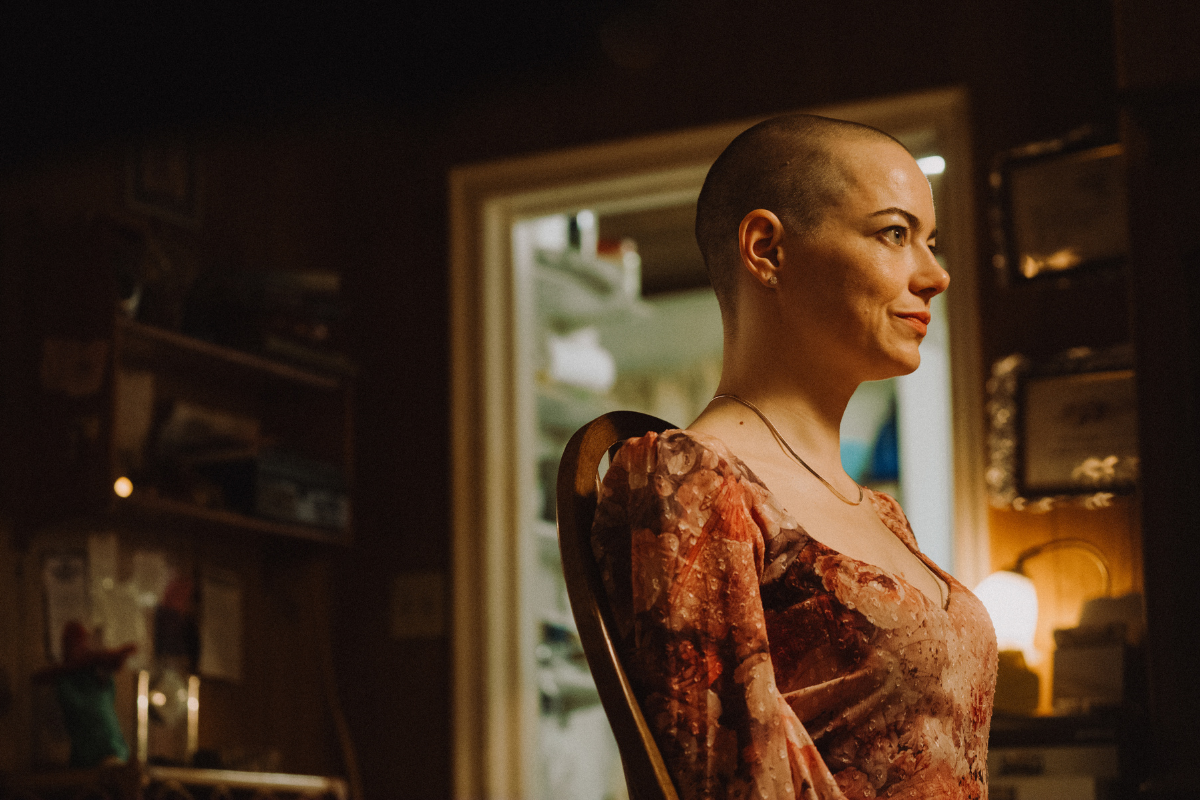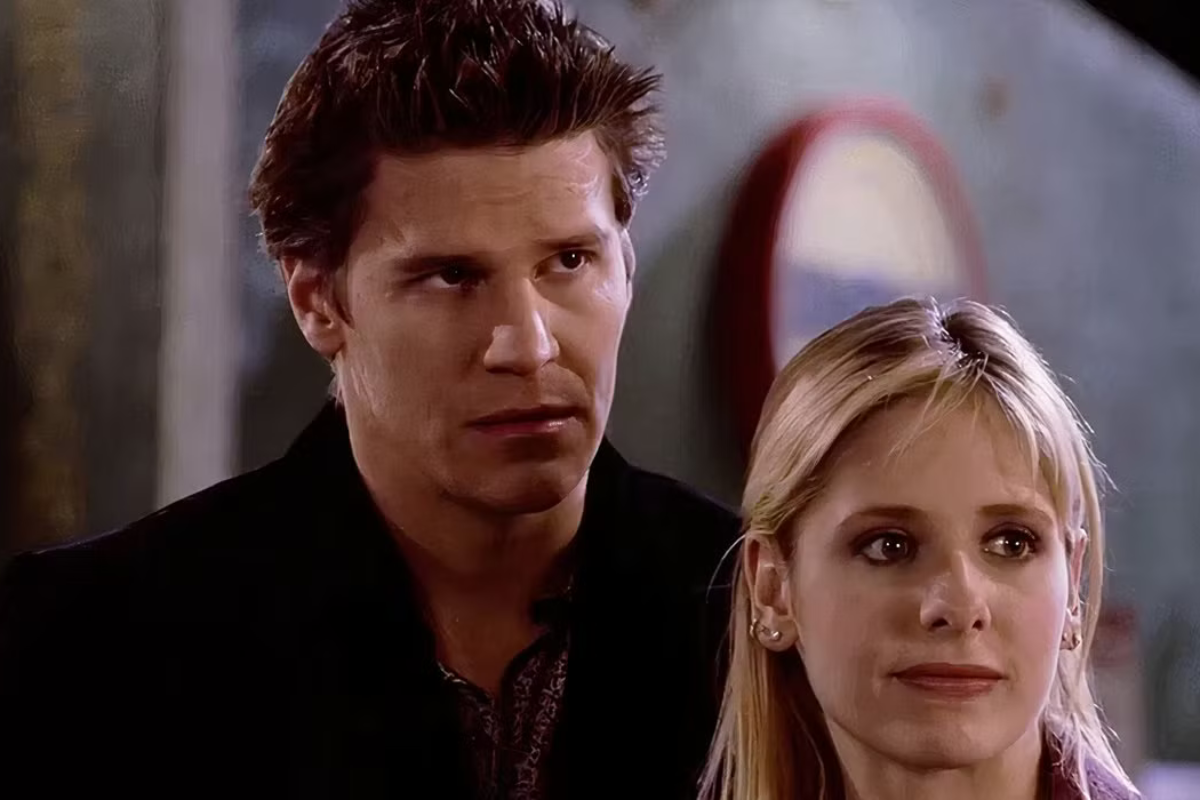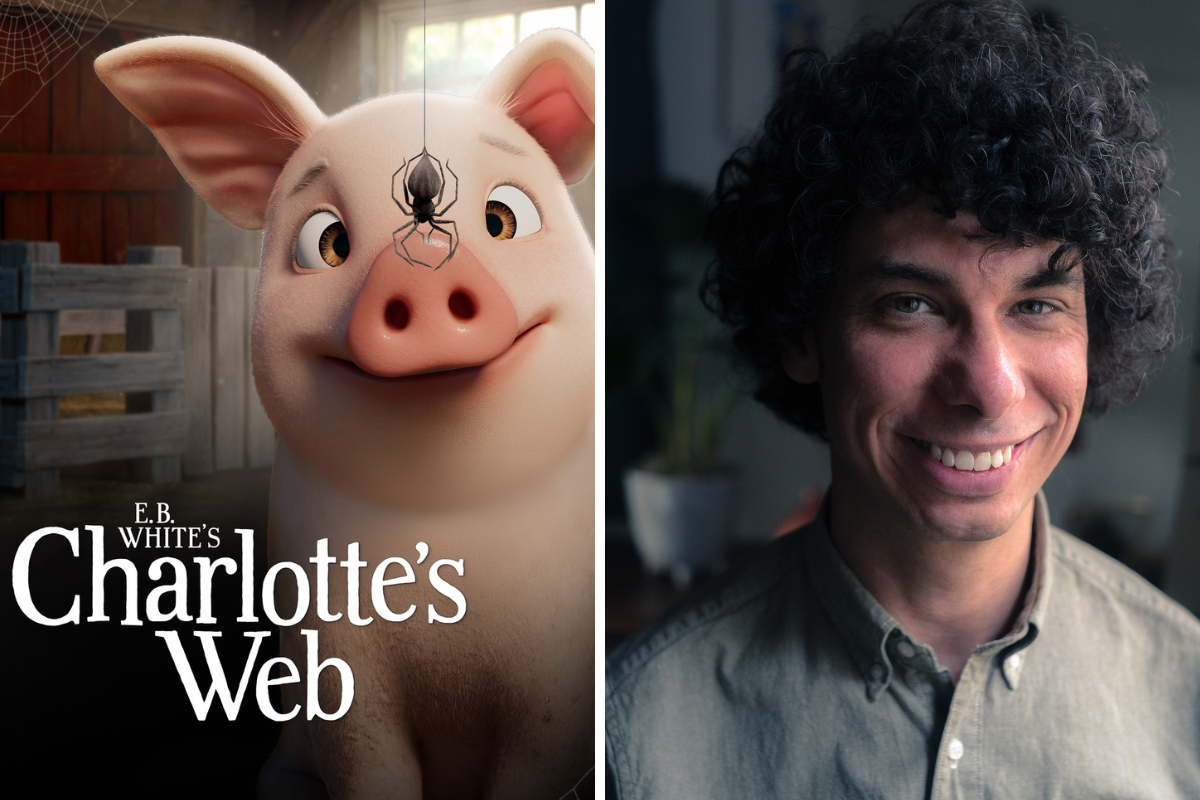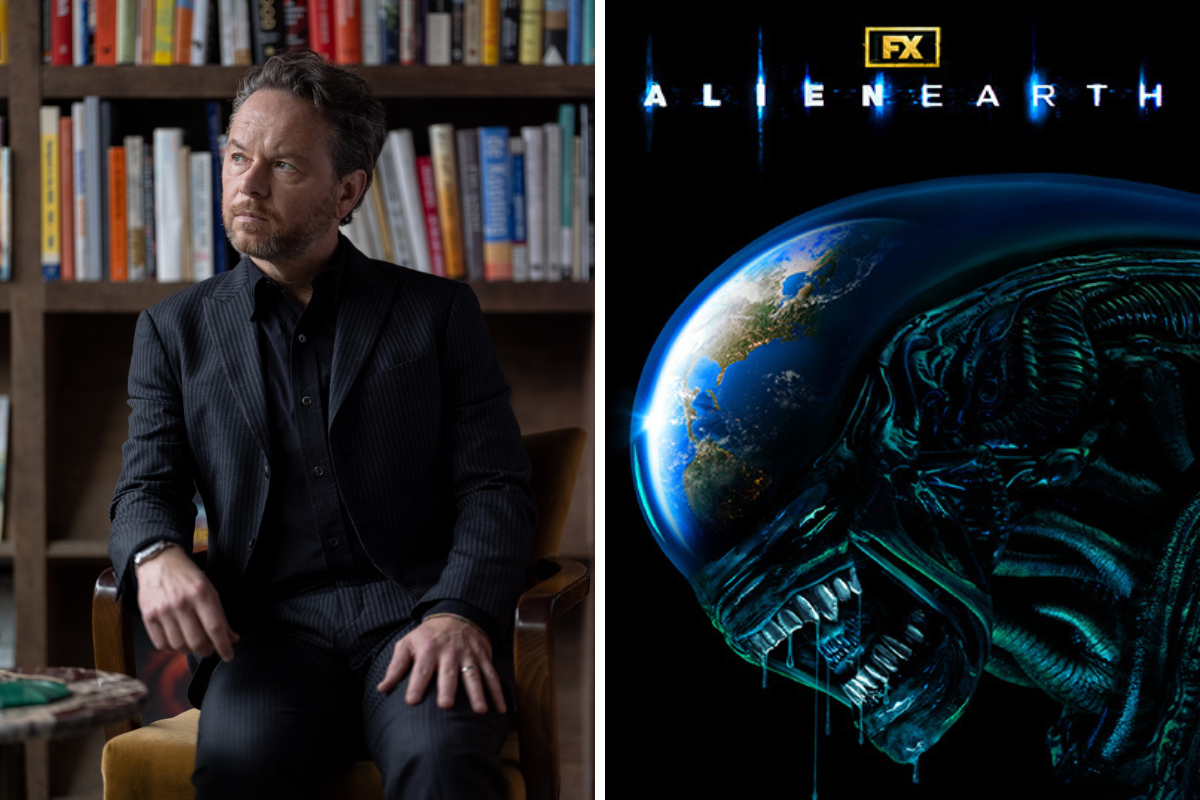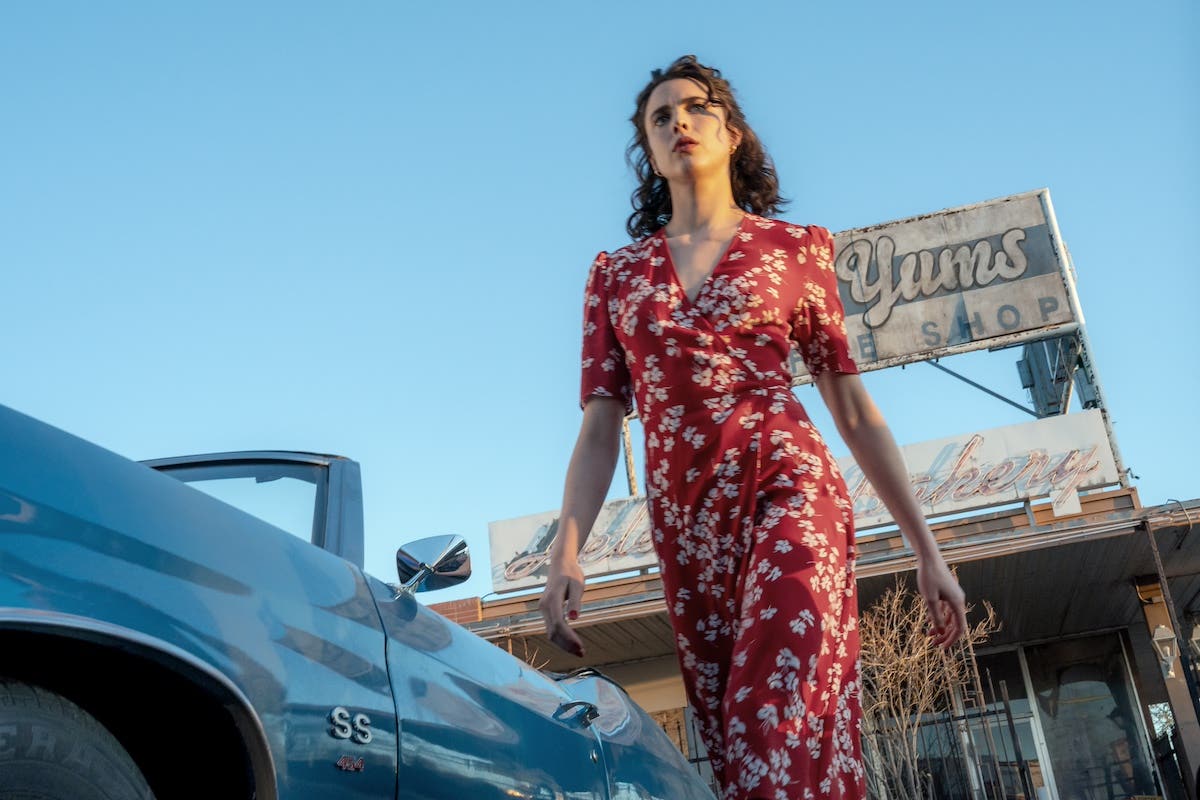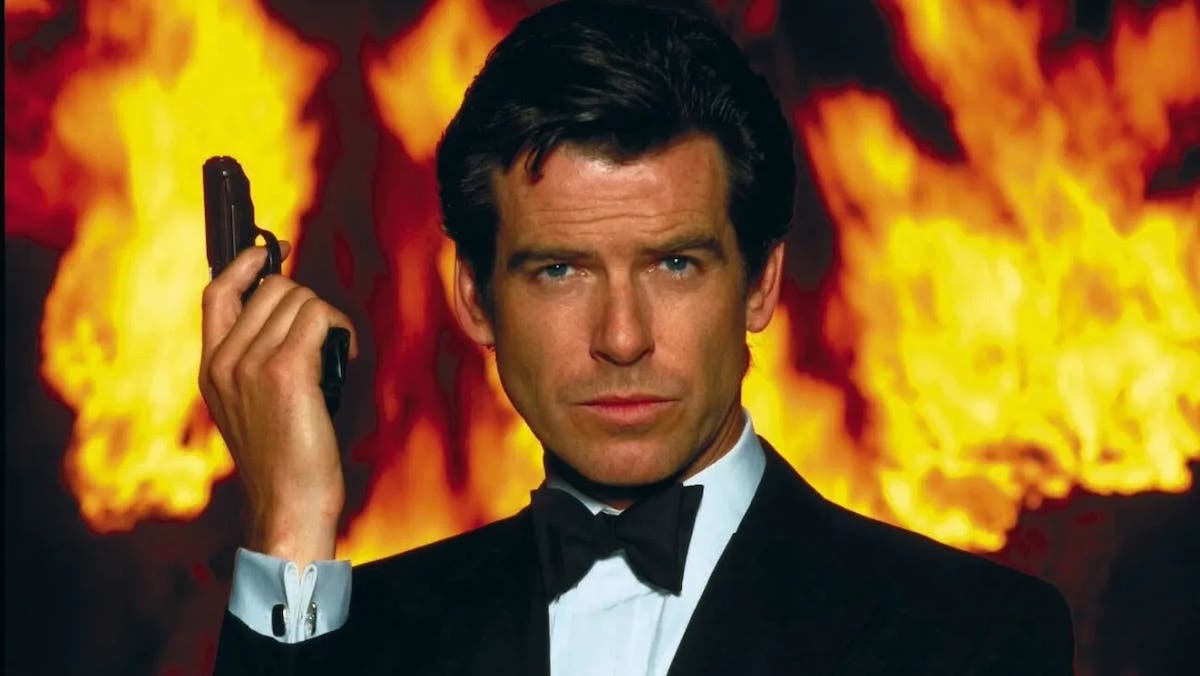Evolution of Television Formats: Where We At?
Heather Hale speeds us through the evolution of television, TV super-formats, international scripted formats, OTT – and new opportunities for storytellers.
Heather Hale speeds us through the evolution of television, TV super-formats, international scripted formats, OTT—and new opportunities for storytellers.
TV has evolved through two significant historical transformations and we’re right in the middle of its third metamorphosis—and its latest golden era.
In the Olden Days
When television first launched, its initial programming was offerings from just three triple-letter-branded broadcast channels: ABC, CBS and NBC. Real journalists delivered the news. Viewers could flip between highlights of national sports, live performances, variety and game shows. The Public Broadcasting Service provided documentaries and educational programming. Cinemas contributed letterboxed theatrical films. Made-for-television movies emerged.
Hollywood increased its profitability and the dissemination of Western culture by populating the rest of the world’s programming slates by syndicating our television shows and licensing our movies.
Then cable disrupted the broadcasters’ world and started competing with original content custom-made for their platforms. The late 90s brought the much-derided explosion of reality TV, coinciding with Napster decimating traditional music business models. All the while, local TV markets started to mature in Asia, Latin America, Central and Eastern Europe and the Middle East.
TV Comes Into Its Own
Television—as a medium—broke into its full stride. its own storytelling techniques and methods developed into new unique genres never before seen in cinema or literature. These tested and proven formulas became known as “formats.” Some of these shows became break-out hits.
Super-Formats
Four “super-formats” led this watershed: Who Wants to be a Millionaire? (1999; ABC), Survivor (5/31/2000; CBS), Big Brother (7/5/2000; CBS) and Idols (2002; FOX). Emerging local broadcasters and production entities couldn’t compete against Hollywood’s production, marketing and distribution expertise. Keen entrepreneurs recognized a massive opportunity for business expansion by “franchising” their shows as internationally consistently branded Intellectual Property (“IP”) assets.
Markets, desperate for local fare but lacking the know-how, de-risked their capital R&D investments and shortened their learning curves by licensing these successful “plug and play” shows, which came complete with turn-key production procedures and business models—just like any other franchise model. Fleets of IP attorneys flocked to the fray to protect the multi-media exploitation of the ancillary rights of the underlying intellectual property across multiple platforms and revenue streams.
Their wide transnational success as cross-border exports was mined for deep local penetration as local co-productions. Talent more representative of their local target audiences, against more familiar cultural backdrops, replicated the material in indigenous languages to great success. As a result, indigenous production hubs sprang up to capitalize on their built-in territory advantage to service.
As the proficiency and expertise of the various global territories grew, these sophomores started exporting their own native shows. This increased the supply competing internationally with - and reduced the “foreign” territory demand for—Hollywood content. And it’s not just reality formats that travel well.
Scripted Formats Travel Just As Well
This international competition raised the bar both for foreign language and universal content, making the global supply chain more of a two-way street—or rather: more like a global air traffic map. Many familiar shows on US television originated from the UK, especially, but they come from all around the world: Australia, Israel, Japan, the Netherlands—to name just a few.
The Good Doctor, produced by Sony, airing on ABC, starring the brilliant Freddie Highmore as an autistic savant, was originally a South Korean series.
The Office famously made it here from across the pond. The Returned was reshot from the original French Les Revenants.
The Birth of OTT
One might think Hollywood’s well-established film and television industries were asleep at the wheel. While they squabbled over digital eclipsing celluloid and net neutrality, a little mail order disc company and an online bookstore grew into behemoths. Netflix and Amazon now compete head-to-head with the big studios on original content.
Bricks and mortar video stores went the way of the buggy whip. What used to be referred to as “the fragmentation of the dial” has new generations cluelessly asking: “What dial?” Cinemas are striving to reinvent themselves as “live” virtual event venues. Film, TV and web series festivals have become curating, marketing “channels” for their local communities.
The advent of television dramatically impacted the movie business in the 50s.
The Internet revolutionized the entire entertainment industry in the 90s.
Today, the convergence of technologies has transmuted the entire global media landscape.
The world is shrinking exponentially, momentously. Cultures and world views are colliding in ways never before experienced by humanity. That event horizon is at the convergence of film and television; the Internet and telephony; technology, macro and micro economics, social and environmental responsibility.
A Tasmanian Blur of Popular Culture
Poverty-stricken masses in third world countries—without access to running water and no telephone or cable TV infrastructure in sight—have Star Trek-like toys and tools in their pockets. Smart phones that provide the equivalent computing technology that powered rockets just a couple generations ago now translate languages at the push of a button to bring literacy, job opportunities, preventative healthcare information and agricultural advice to their fingertips. Video content nurtures and instructs hobbyists. Unique, latent talents are connected to worldwide tribes of enthusiasts. While it might feel a little overwhelming or disorienting, all of this change presents a cornucopia of new avenues for original content creators.
New Opportunities for Storytellers
“TV” has snowballed into an all-encompassing tsunami of entertainment, politics, commerce, education, mis- and dis- information. Blessings and curses abound. But infinite opportunities are erupting across the landscape with new categorical points of entry for Storytellers to manifest your “content”—and make the world a better place.
Write.
And find your place.
The world needs your stories.
Need more great advice from Heather? Check out her on-demand webinars at The Writers Store!
BROWSE NOW!
Heather Hale is a film and television writer, director and producer with over 80 hours of credits. She currently produces Lifestyle Magazine, the #1 life coaching broadcast television talk show. She wrote the $5.5 million dollar Lifetime Original Movie The Courage to Love (2000) which starred Vanessa Williams, Stacy Keach, Gil Bellows and Diahann Carroll. She directed, produced and co-wrote the million dollar thriller Absolute Killers which was distributed theatrically then sold at Walmart and Best Buy.
She has books published by the two major entertainment industry publishers: Story Selling: How to Develop, Market and Pitch Film & TV Projects (2019, Michael Wiese Productions) and How to Work the Film & TV Markets: A Guide for Content Creators (2017, Focal Press/Routledge).
The Independent Film and Television Alliance approved her as a qualified independent producer to pitch projects to NBCUniversal for their annual development fund. As IFTA’s Industry Liaison, Ms. Hale booked all the speakers for the 2013 American Film Market, including their flagship Conference series as well as launching their Producer’s Workshop. Ms. Hale served as the Vice President of Event Programming for NATPE (the National Association of Television Program Executives) for whom she also booked speakers and designed curriculum as well as consulting professionals to polish their pitch packages and sizzle reels to prepare them to pitch their TV concepts at their annual TV markets. She has written many “How to Pitch TV” articles and executive profiles for their membership newsletter and website.
A popular international speaker and in-demand consultant, Ms. Hale has taught custom pitching workshops to ABC/Disney Drama Executives, a weeklong screenwriting retreat in Australia (integrated with concurrent directing and acting programs). She teaches webinars and online classes for the Writers Store, Screenwriters University and Stage 32. She is a member of The Academy of Television Arts and Sciences (The “TV Academy,” the entity that awards the Emmys) and ShowBiz Mensans.


